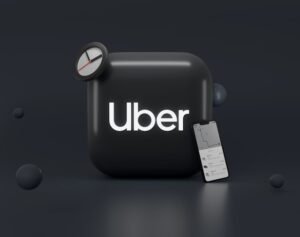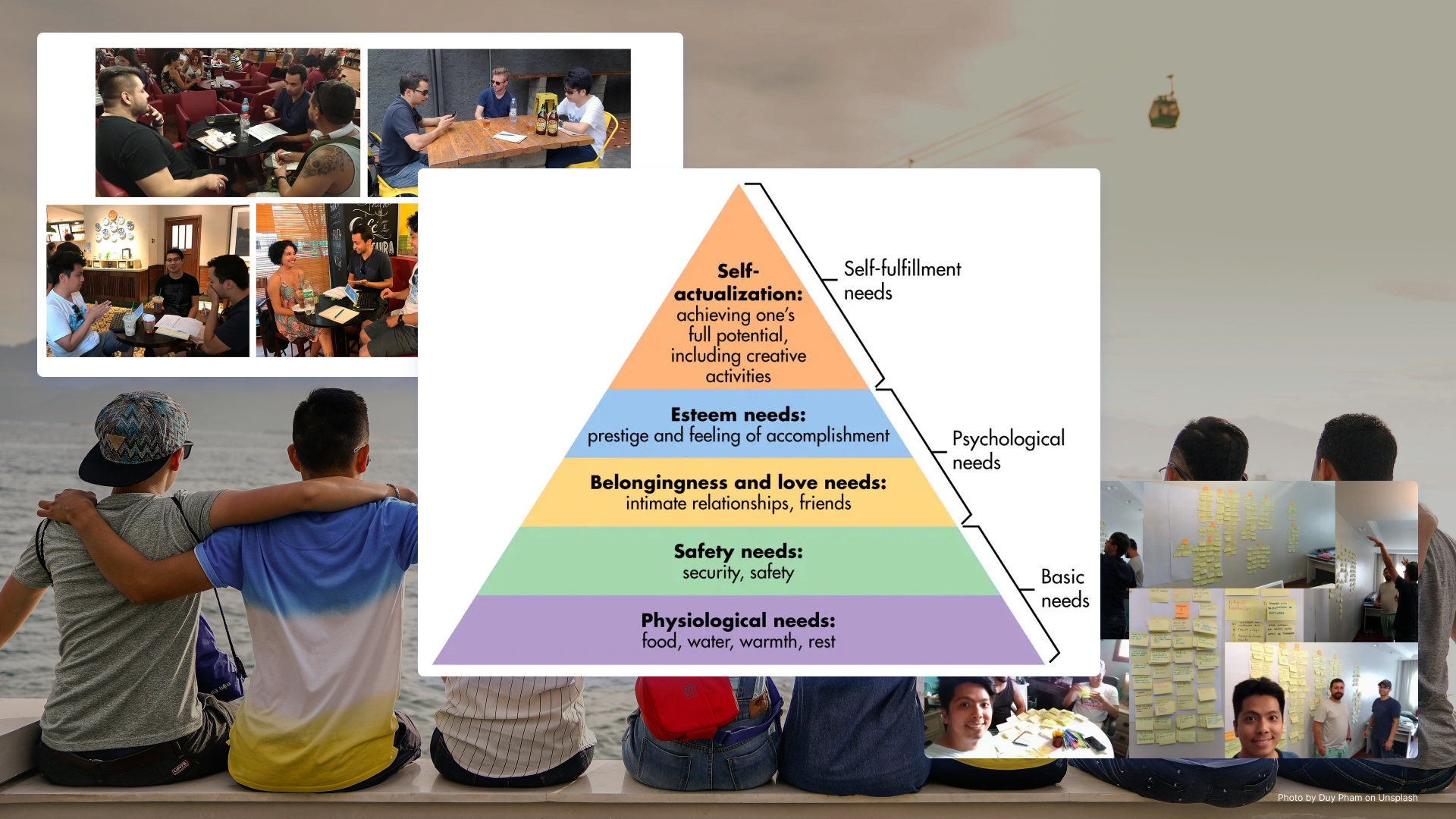Product features: How to succeed in them

Introduction
Defining the core product features is a critical step in its development. These features form the foundation of the product, determining its functionality, value proposition, and ultimately, its success. This article will explore a structured approach to defining core features using the “IS, IS NOT, DOES, DOES NOT” diagram and provide insights from real-world case studies.
Understanding Your Target Audience
Before diving into feature definition, it’s essential to have a deep understanding of your target audience. Identify their needs, pain points, and preferences. What problems does your product solve for them? What features would they find most valuable? By understanding your users, you can tailor your product to meet their specific requirements.
In order to have these questions answered, we can make use of User Research tools like User Personas, Empathy Map and Customer User Journey.
Competitive Analysis
Conduct a thorough analysis of competing products in your market. Identify their strengths, weaknesses, and unique selling propositions. This will help you understand what features are essential and where your product can differentiate itself.
Defining Core Features: The “IS, IS NOT, DOES, DOES NOT” Diagram

The “IS, IS NOT, DOES, DOES NOT” diagram is a valuable tool for visually representing product characteristics.
- IS: Define the essential qualities of your product. What is its purpose? What problem does it solve?
- IS NOT: Identify what your product is not. What features or functionalities are out of scope?
- DOES: List the core functionalities your product will offer. These are the features that directly address your target audience’s needs.
- DOES NOT: Determine the features that your product will not initially include. These might be considered nice-to-haves or features for future development.
I designed a Miro Board for this diagram that you can use in your projects and you can duplicate to your workspace.
Prioritizing Features
Once you’ve identified potential features, prioritize them based on their importance and feasibility. Consider factors such as:
- User value: How much value will the feature add to the user experience?
- Business goals: Does the feature align with your product’s overall goals and objectives?
- Technical feasibility: Can the feature be implemented within your budget and timeline?
Addressing Potential Challenges
While defining core features, it’s crucial to anticipate and address potential challenges. This includes:
- Technical constraints: Are there any limitations or constraints that might affect the implementation of certain features?
- User experience: How will the chosen features impact the overall user experience? Will they be intuitive and easy to use?
Iterative Development
Remember that product development is an iterative process. So be prepared to adjust your core features based on user feedback, market trends, and technological advancements. Additionally, you need to continuously test and refine your product to ensure it meets evolving needs.
Case Studies
To gain insights into successful product launches, let’s examine a few case studies:
Uber

By focusing on simplicity and convenience, Uber revolutionized the transportation industry. Their core features—requesting a ride, tracking the driver, and cashless payment—met a clear user need and fueled rapid growth.

Initially a photo-sharing app, Instagram expanded its core features to include video sharing, stories, and a marketplace. By listening to user feedback and adapting to changing trends, Instagram maintained its position as a leading social media platform.
Public Transit Project
In the project of public transportation mentioned in other article, I defined the following product features and characteristics.
| IT IS | IT IS NOT | IT DOES | IT DOES NOT |
|---|---|---|---|
| – Uncomplicated – Casual – Intuitive | – Social Media – Gaming App – Marketplace | – Ticket Registration – User Registration – Ticket Refilling – Check Balance – Check Ticket Status and Details – Balance Alert – Refilling History – Usage History – Payments – Online Customer Service – Ticket Buy – Remote Refilling | – Match People – Check-in |
Conclusion
Defining your digital product’s core features is a strategic decision that will significantly impact its success. By following a structured approach, understanding your target audience, and conducting thorough analysis, you can create a product that delivers value and meets user expectations. Remember, the key to success lies in defining features that are essential, feasible, and aligned with your product’s overall goals.





